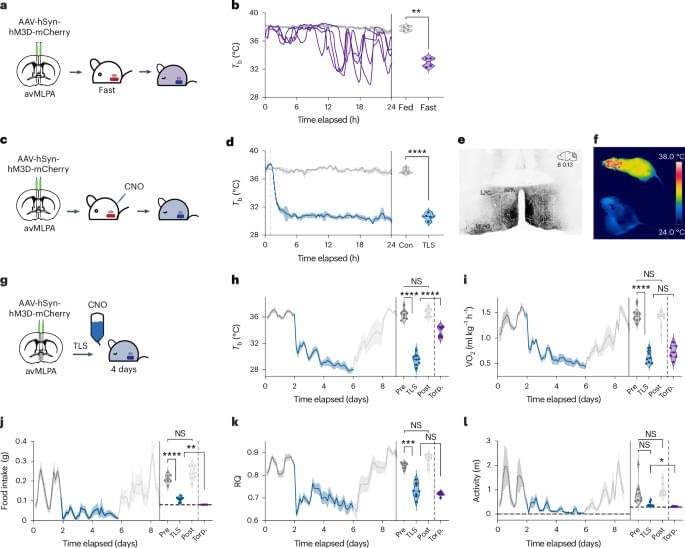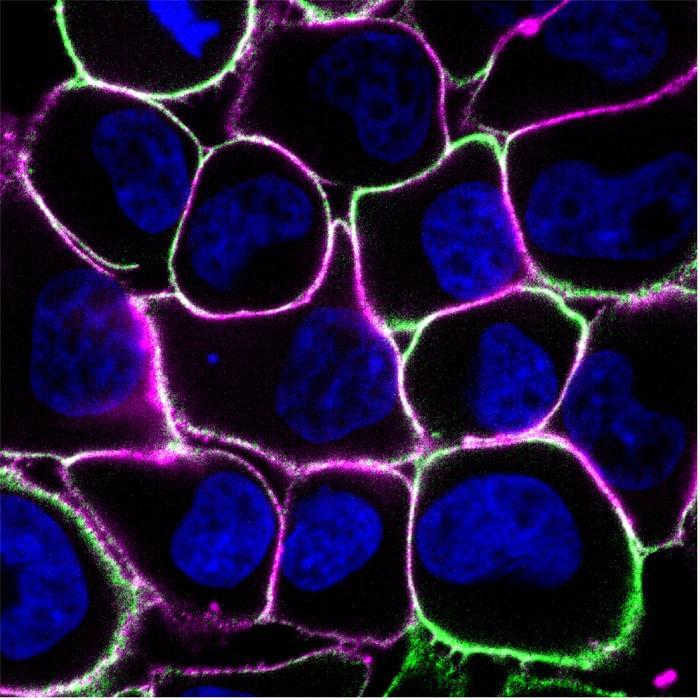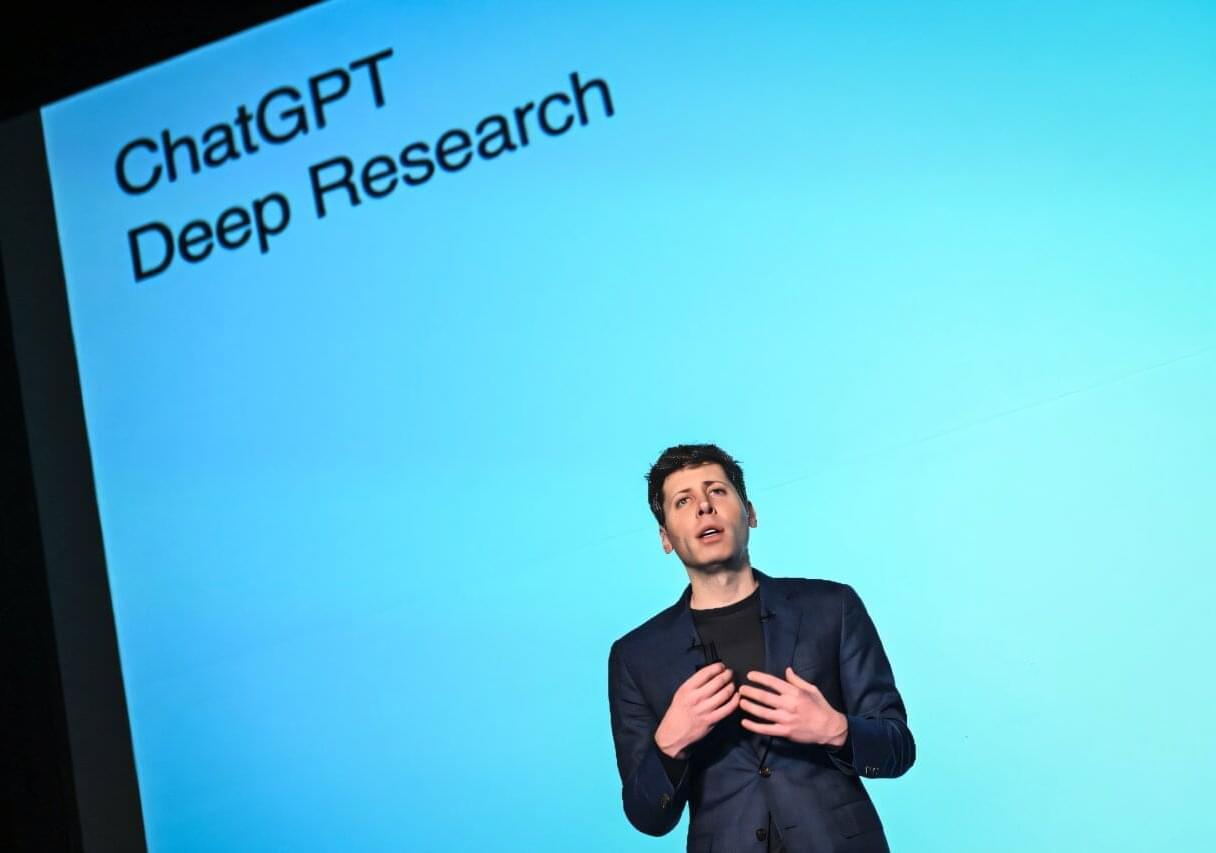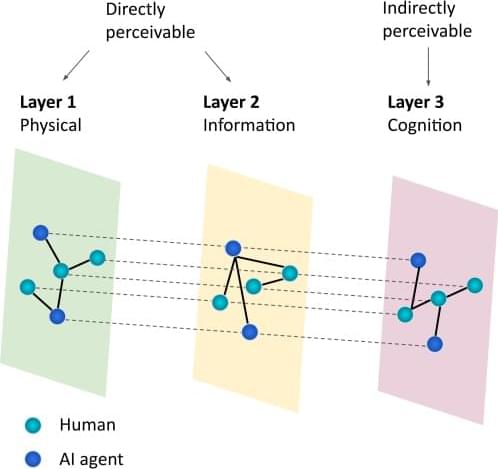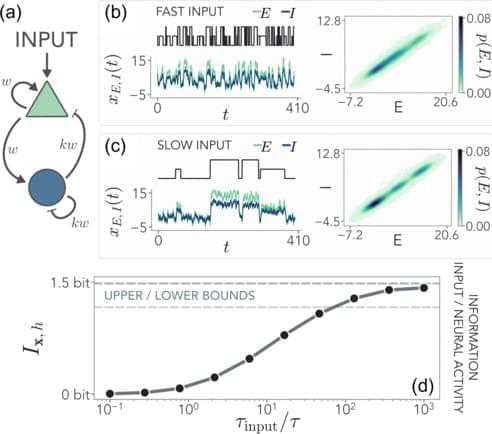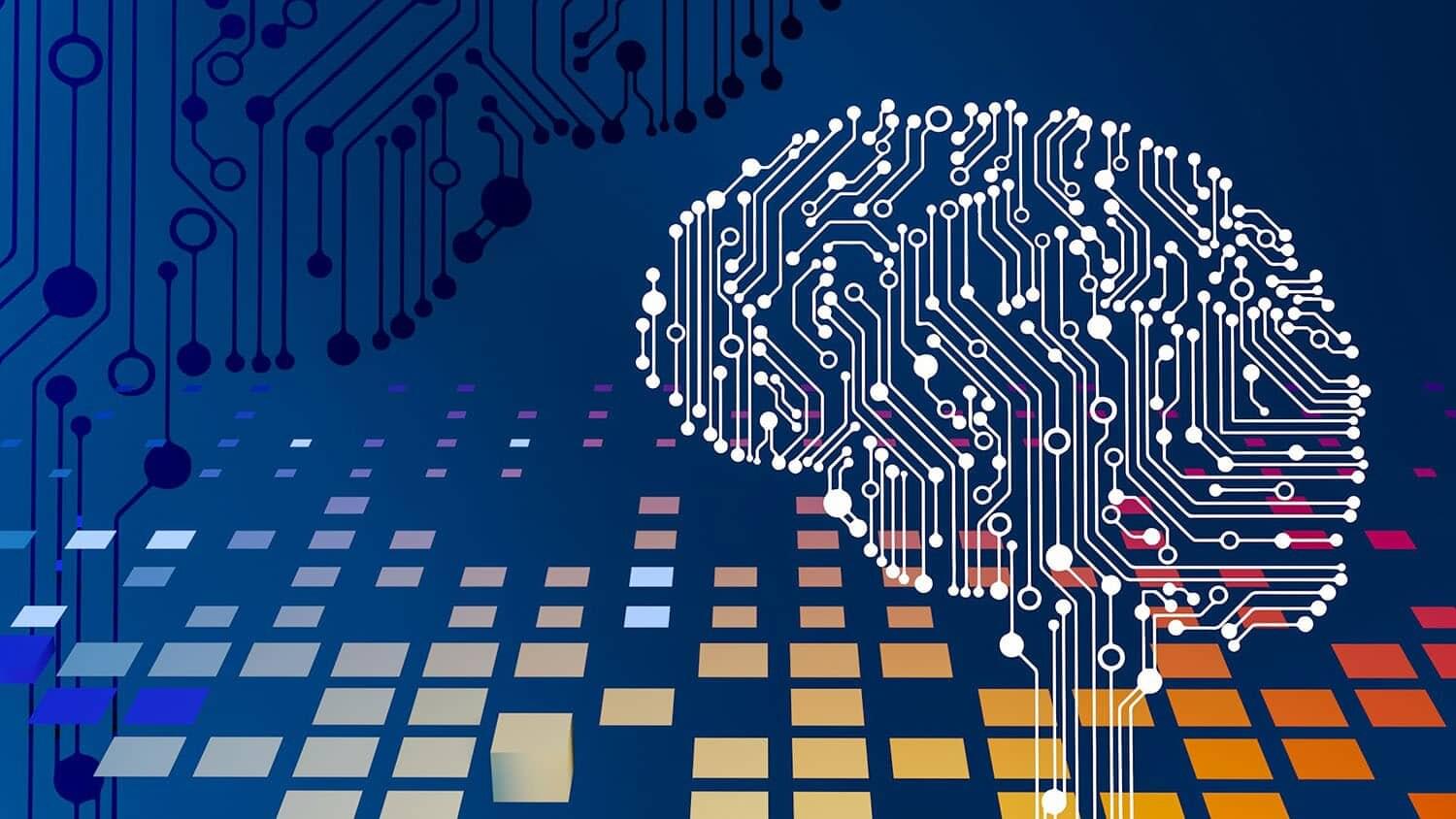Dissecting the effects of hypothermic and hypometabolic states on aging processes, the authors show that activation of neurons in the preoptic area induces a torpor-like state in mice that slows epigenetic aging and improves healthspan. These pro-longevity effects are mediated by reduced Tb, reinforcing evidence that Tb is a key mediator of aging processes.
In a new study, funded in part by NIH, a team led by Dr. Carlos Carmona-Fontaine from New York University investigated a peculiar characteristic of cell growth called the Allee effect. In the Allee effect, the viability of a cell population drops below a certain cell density. This suggests the cells are somehow cooperating to survive. The study appeared on February 19, 2025, in Nature.
To look at whether cancer cells exhibit an Allee effect, the researchers grew several types of cancer cells with various restricted nutrients. They found that depriving the cells of an amino acid that the cells need to grow appeared to create an Allee effect. Only higher-density cell populations survived under these conditions. This indicated that a cooperative survival strategy had kicked in.
The team then further explored how cancer cells might be cooperating to survive in low-amino acid environments. Chains of amino acids called oligopeptides can be broken down by cells into individual amino acids. The scientists found that cancer cells released substances into their immediate environment that broke nearby oligopeptides down. Because this occurred outside the cancer cells, any cell in the immediate vicinity could use the resulting free amino acids.
Researchers developed a stable form of carnosic acid, a compound found in rosemary and sage. The compound showed promise for improving learning and memory and reducing signs of Alzheimer’s disease in mouse models. The corresponding study was published in Antioxidants. The researchers hope to test the compound in human trials.
Carnosic acid has both antioxidant and anti-inflammatory properties. While pure carnosic acid is too unstable for medical use, the new compound developed by scientists from Scripps Research fully converts to carnosic acid in the gut before absorption into the bloodstream. They called the compound ‘diAcCA’
As a part of the study, the researchers tested the compound’s efficacy in mouse models for three months. Ultimately, the compound improved learning and memory, and reduced markers of inflammation, formation of amyloid plaques, and phosphorylated tau aggregates.
Explore Radical Life Extension at Perpetual Life, world’s 1st Transhumanist Church. Join our Longevity Community for wellness, extended lifespan, and fellowship.
US tech giant OpenAI on Monday unveiled a ChatGPT tool called “deep research” that can produce detailed reports, as China’s DeepSeek chatbot heats up competition in the artificial intelligence field.
The company made the announcement in Tokyo, where OpenAI chief Sam Altman also trumpeted a new joint venture with tech investor SoftBank Group to offer advanced artificial intelligence services to businesses.
AI newcomer DeepSeek has sent Silicon Valley into a frenzy, with some calling its high performance and supposed low cost a wake-up call for US developers.
Current societal challenges exceed the capacity of humans operating either alone or collectively. As AI evolves, its role within human collectives will vary from an assistive tool to a participatory member. Humans and AI possess complementary capabilities that, together, can surpass the collective intelligence of either humans or AI in isolation. However, the interactions in human-AI systems are inherently complex, involving intricate processes and interdependencies. This review incorporates perspectives from complex network science to conceptualize a multilayer representation of human-AI collective intelligence, comprising cognition, physical, and information layers.
Understanding how the complex connectivity structure of the brain shapes its information-processing capabilities is a long-standing question. By focusing on a paradigmatic architecture, we study how the neural activity of excitatory and inhibitory populations encodes information on external signals. We show that at long times information is maximized at the edge of stability, where inhibition balances excitation, both in linear and nonlinear regimes. In the presence of multiple external signals, this maximum corresponds to the entropy of the input dynamics. By analyzing the case of a prolonged stimulus, we find that stronger inhibition is instead needed to maximize the instantaneous sensitivity, revealing an intrinsic tradeoff between short-time responses and long-time accuracy.
On the persistent mischaracterization of Google and Facebook A/B tests: How to conduct and report online platform studies.
Users of social media platforms like Facebook, Instagram and TikTok might think they’re simply interacting with friends, family and followers, and seeing ads as they go. But according to research from the UBC Sauder School of Business, they’re part of constant marketing experiments that are often impossible, even for the companies behind them, to fully comprehend. The findings are published in the International Journal of Research in Marketing.
For the study, the researchers examined all known published, peer-reviewed studies of the use of A/B testing by Facebook and Google—that is, when different consumers are shown different ads to determine which are most effective—and uncovered significant flaws.
UBC Sauder Associate Professors and study co-authors Dr. Yann Cornil and Dr. David Hardisty say that at any given moment, billions of social media users are being tested to see what they click on, and most importantly for marketers, what they buy. From that, one would think advertisers could tell which messages are effective and which aren’t—but it turns out it isn’t nearly that simple.
AI models often rely on “spurious correlations,” making decisions based on unimportant and potentially misleading information. Researchers have now discovered these learned spurious correlations can be traced to a very small subset of the training data and have demonstrated a technique that overcomes the problem.
“This technique is novel in that it can be used even when you have no idea what spurious correlations the AI is relying on,” says Jung-Eun Kim, corresponding author of a paper on the work and an assistant professor of computer science at North Carolina State University.
“If you already have a good idea of what the spurious features are, our technique is an efficient and effective way to address the problem. However, even if you are simply having performance issues, but don’t understand why, you could still use our technique to determine whether a spurious correlation exists and resolve that issue.”
Applying tissue maturation techniques to engineered cartilage grafts produces more functionally faithful grafts and leads to superior clinical outcomes in patients with knee cartilage injuries, shows a new multicenter clinical trial.
📄
Engineered hyaline-like cartilage tissues are superior to immature cell-based grafts for the therapy of cartilage defects in the human knee.
